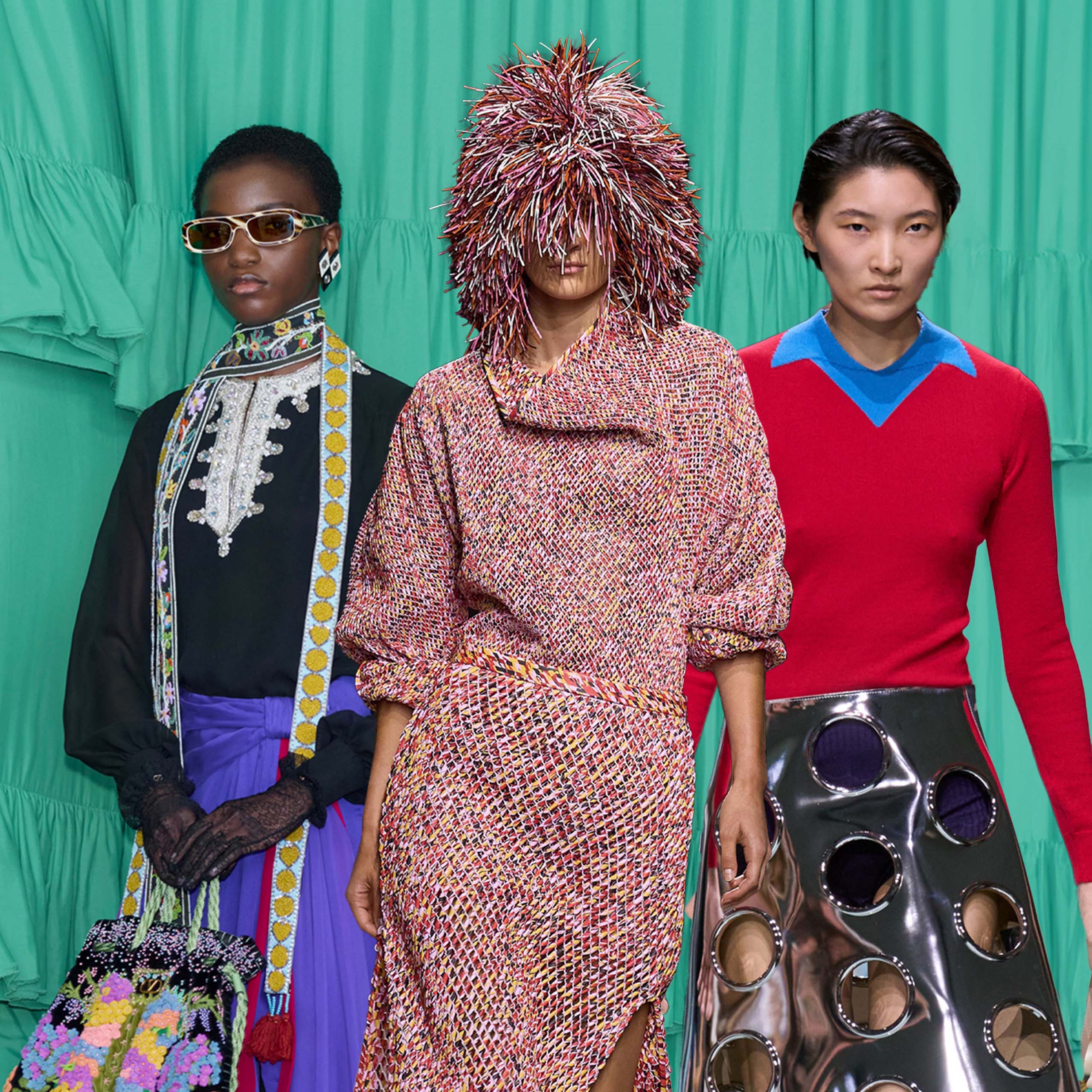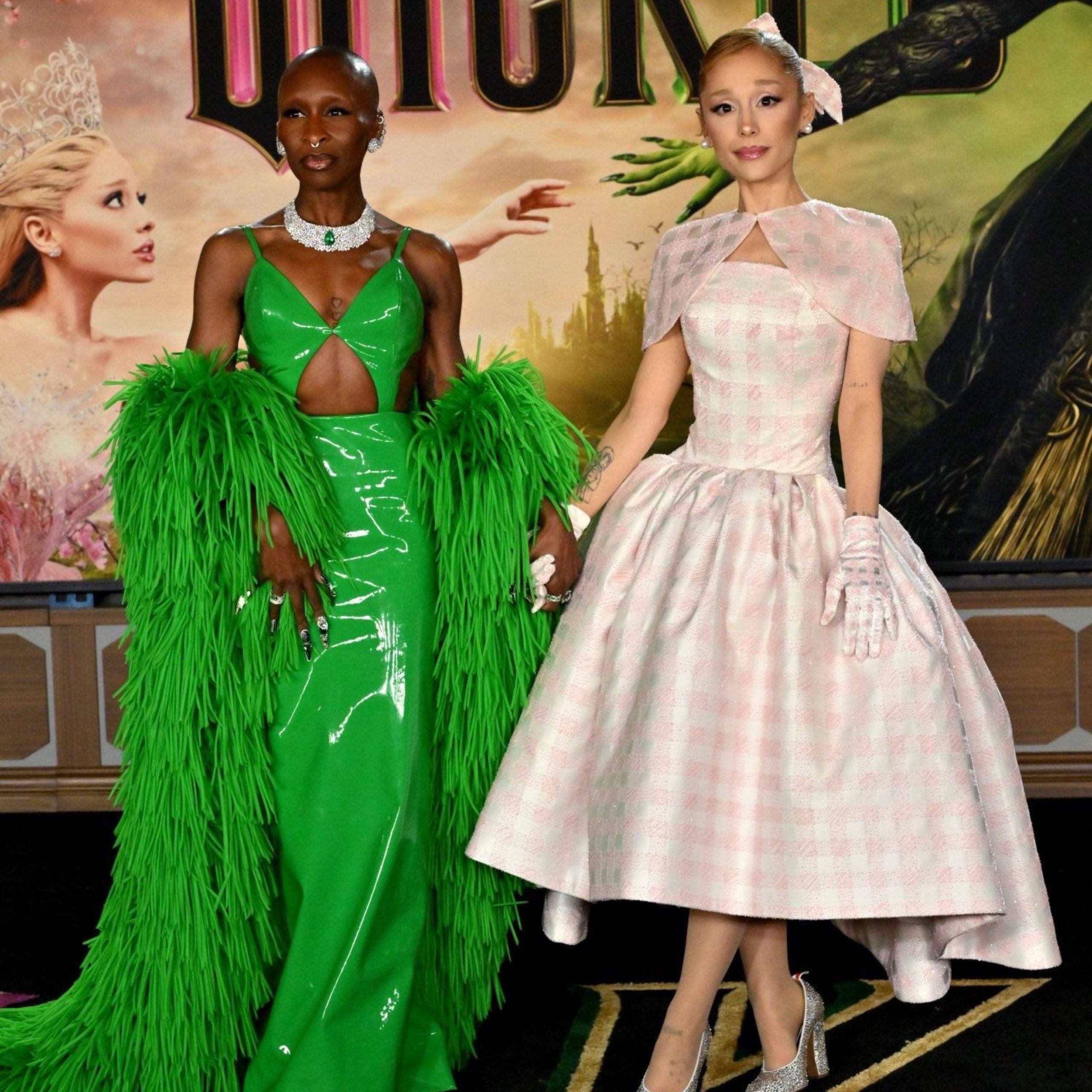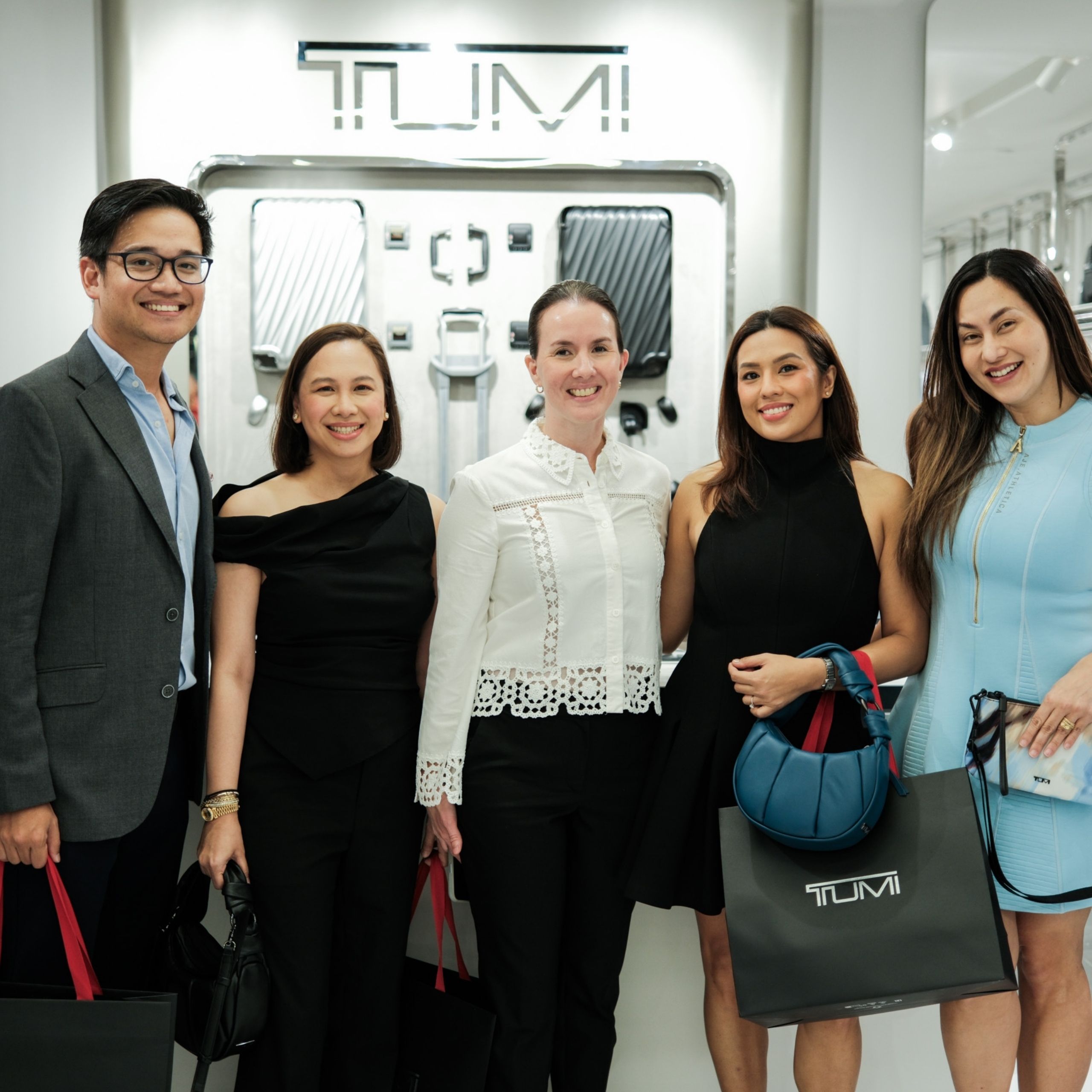Have nothing to wear? Explore your true style identity as it becomes the foundation of an intentional wardrobe to make you feel comfortable and confident
Have you ever found yourself in front of your closet, wondering why you feel like you have nothing suitable to wear for the day? Even if you have pieces that haven’t seen much use or new additions in shopping bags nearby, they don’t quite fit the bill. There exists a problem that beats mere wardrobe space. It’s a paradox, a riddle, and a psychological puzzle all rolled into one. How is it possible to own a plethora of clothing and still find ourselves uttering that universal lament, “I have nothing to wear”?
RELATED: The Psychology of High Fashion and What Luxury Brands Tell Us About Ourselves
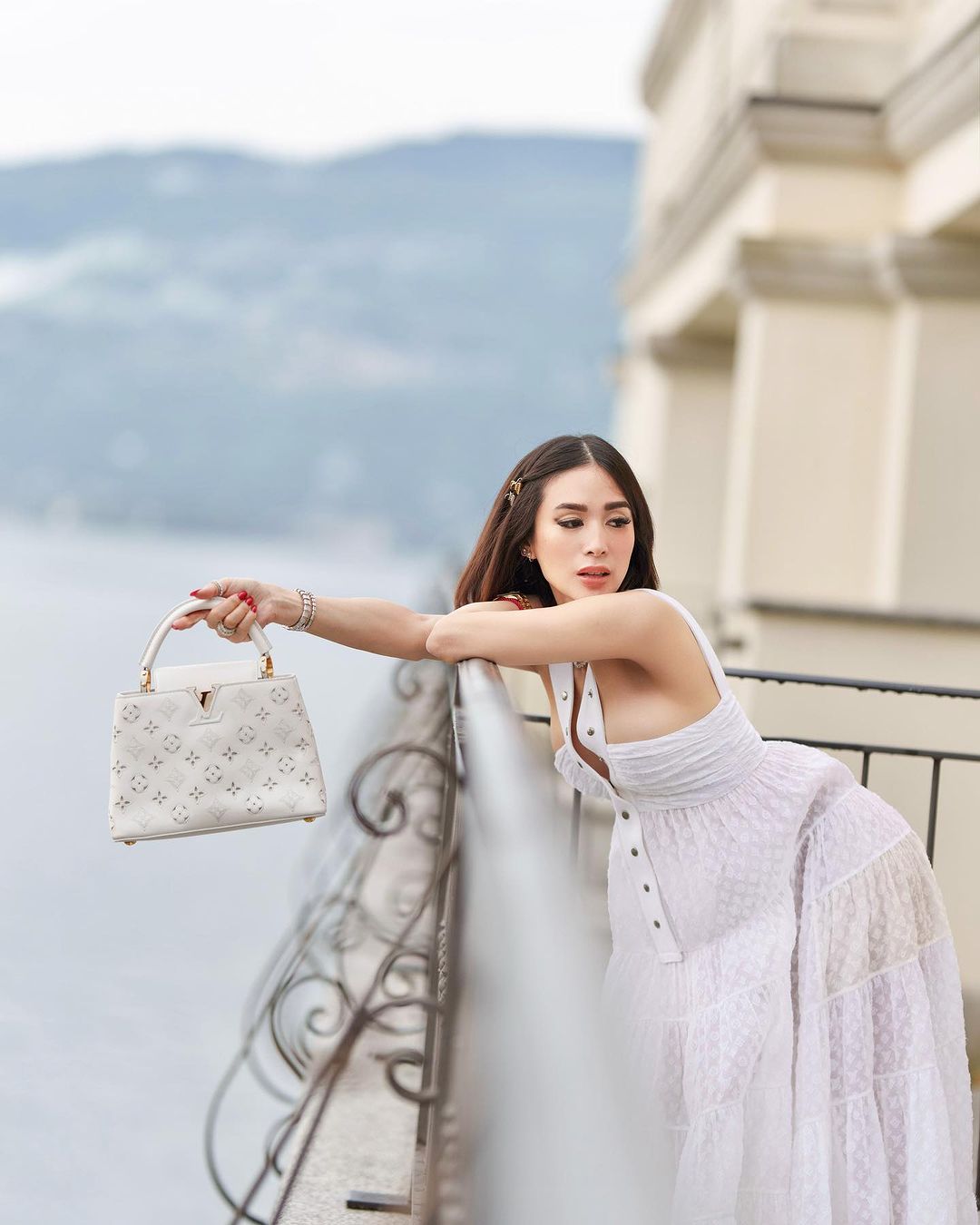
The answer, as it turns out, is not as straightforward as one might think. Every piece of clothing we own carries a story, a memory, and a sentiment. Our wardrobes aren’t just storage spaces for fabric, but also archives of our personal history. Parting with clothing is akin to parting with pieces of our identity, and that’s no small feat.
But this sartorial puzzle goes beyond sentimentality. It’s also a consequence of the rapid pace at which the fashion industry operates. Trends emerge and vanish at a breathtaking speed, leaving us in a constant state of chasing the latest styles. The result? A closet brimming with clothes, but most of them seem to be teetering on the brink of obsolescence.
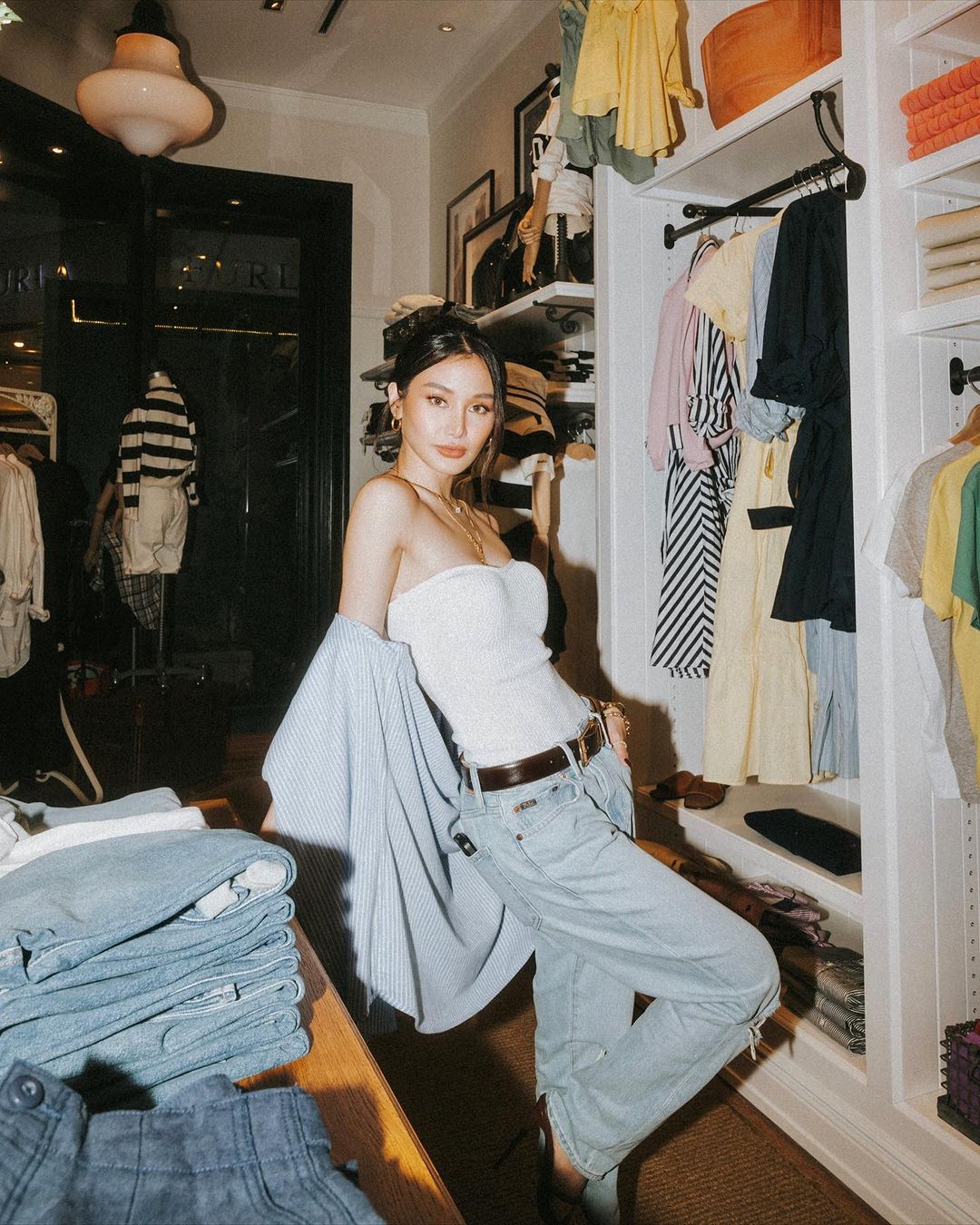
The price of holding on
The fashion industry’s relentless churn is both exhilarating and exhausting. Maintaining a wardrobe that keeps pace with ever-changing trends can be challenging, leading to the age-old dilemma of having a closet full of clothes and feeling like you’re still missing that perfect ensemble for the day. It often feels like we’re on a constant treadmill, trying to keep up with what’s “in.” This leaves us with a wardrobe that’s well-stocked, yet strangely inadequate.
The marketing strategies employed by fashion brands also contribute to this feeling. They often emphasize the need to have the latest and greatest items to stay stylish. The fear of missing out on a trend can lead to impulse purchases, resulting in an abundance of clothes that might not align with our true style preferences.
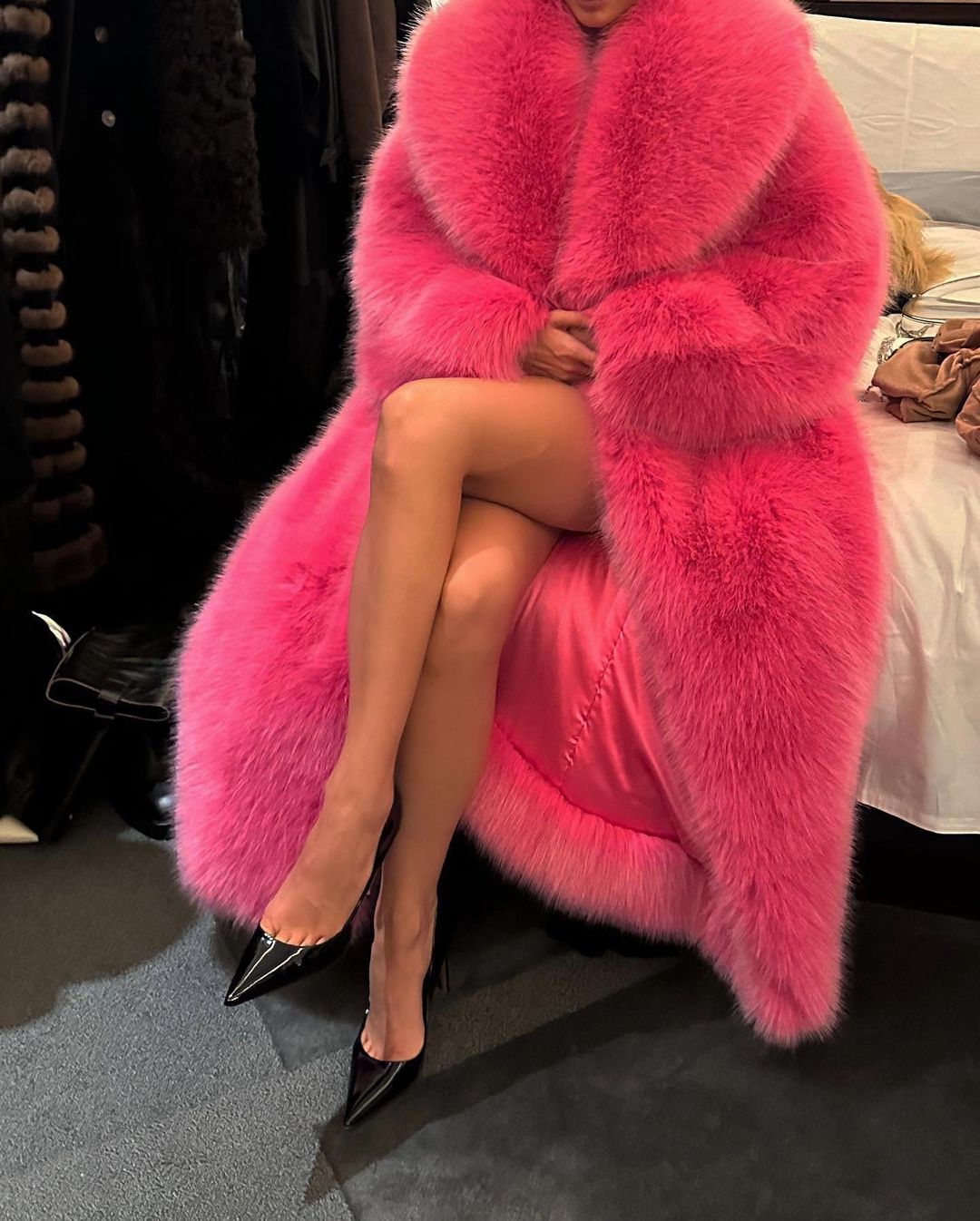
Additionally, our emotional connection to our clothing is a critical factor. This emotional bond is further reinforced by the memories of compliments or significant events associated with specific garments. We remember that special party where we received countless compliments on that little black dress or the day when a favorite pair of shoes brought good luck. These emotional connections make it hard to let go even if the items no longer align with our style.
Moreover, the “sunk cost fallacy” plays a role. This cognitive bias often whispers in our ears, “I’ve spent money on these clothes, so I must retain them.” This subtle nudge can exert a remarkable grip on our choices, even when the rational voice within suggests otherwise. This fallacy stems from a powerful psychological principle: humans are inherently loss-averse. We tend to prioritize avoiding losses over gaining equivalent benefits. In the realm of fashion, this translates into a reluctance to part with garments that we’ve invested our hard-earned money in even if they no longer align with our style or needs.

Wardrobe intention in three categories
So, what’s the remedy? Well, it’s not about sending your clothes to wardrobe rehab or embarking on a KonMari-inspired decluttering spree. No, it’s about curating your collection with a sense of purpose. Think of it as selecting items that are like the classics on your bookshelf—they never go out of style and can be mixed and matched with flair. It begins by identifying your unique style identity, understanding what colors, patterns, and silhouettes resonate with you, and which pieces make you feel confident and comfortable. This style identity becomes the foundation of an intentional wardrobe.
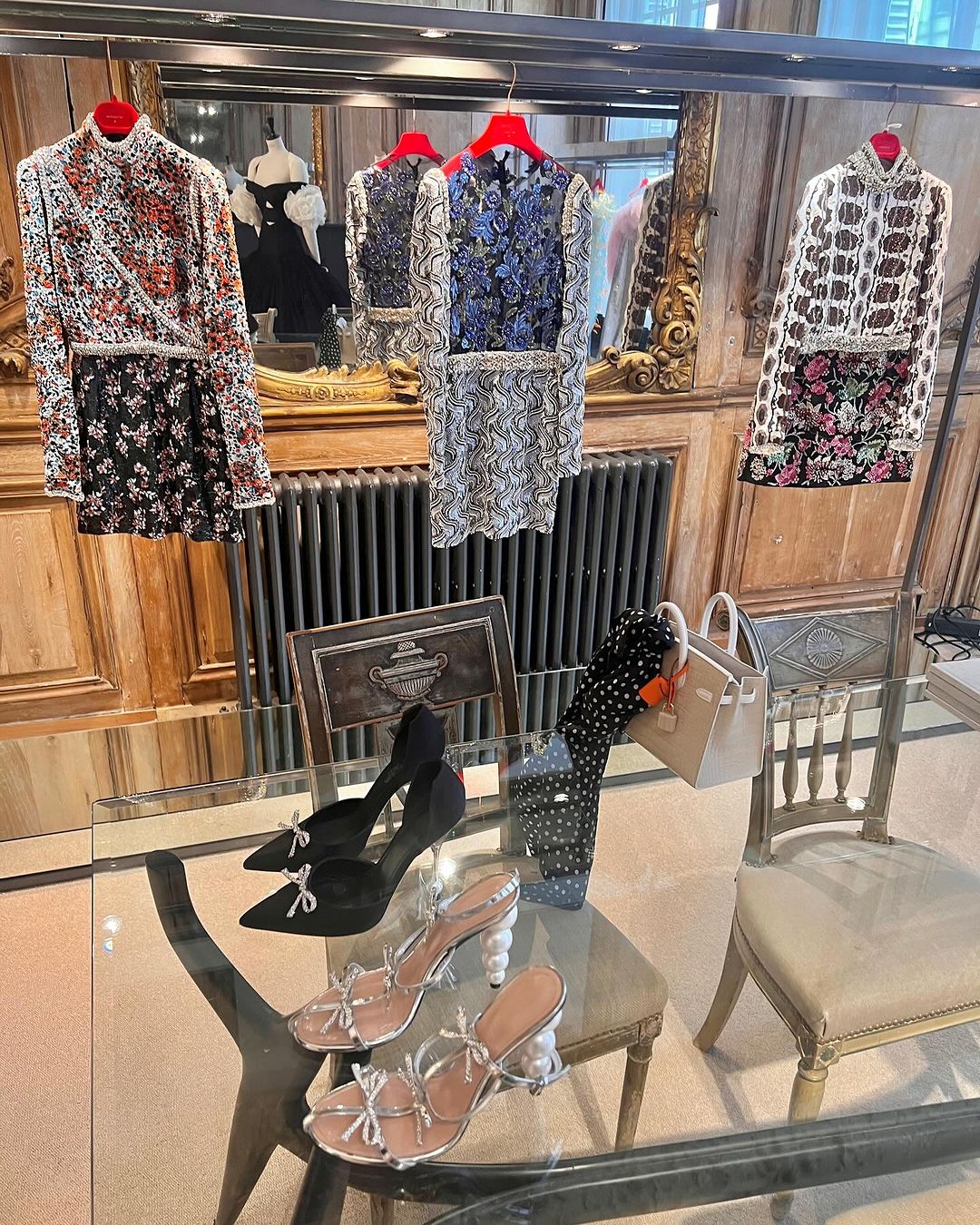
Embark on a thorough wardrobe evaluation. Divide your clothes into three categories—the first includes must-have items, timeless classics and versatile staples that adapt to various occasions and form the backbone of your wardrobe. The second category comprises sentimental favorites, garments with emotional value, and cherished memories even if they aren’t everyday wear. Finally, in the third category, place the neglected items, those clothes you rarely wear because they no longer fit, are out of style, or don’t resonate with your style identity. This is where the decluttering process begins.
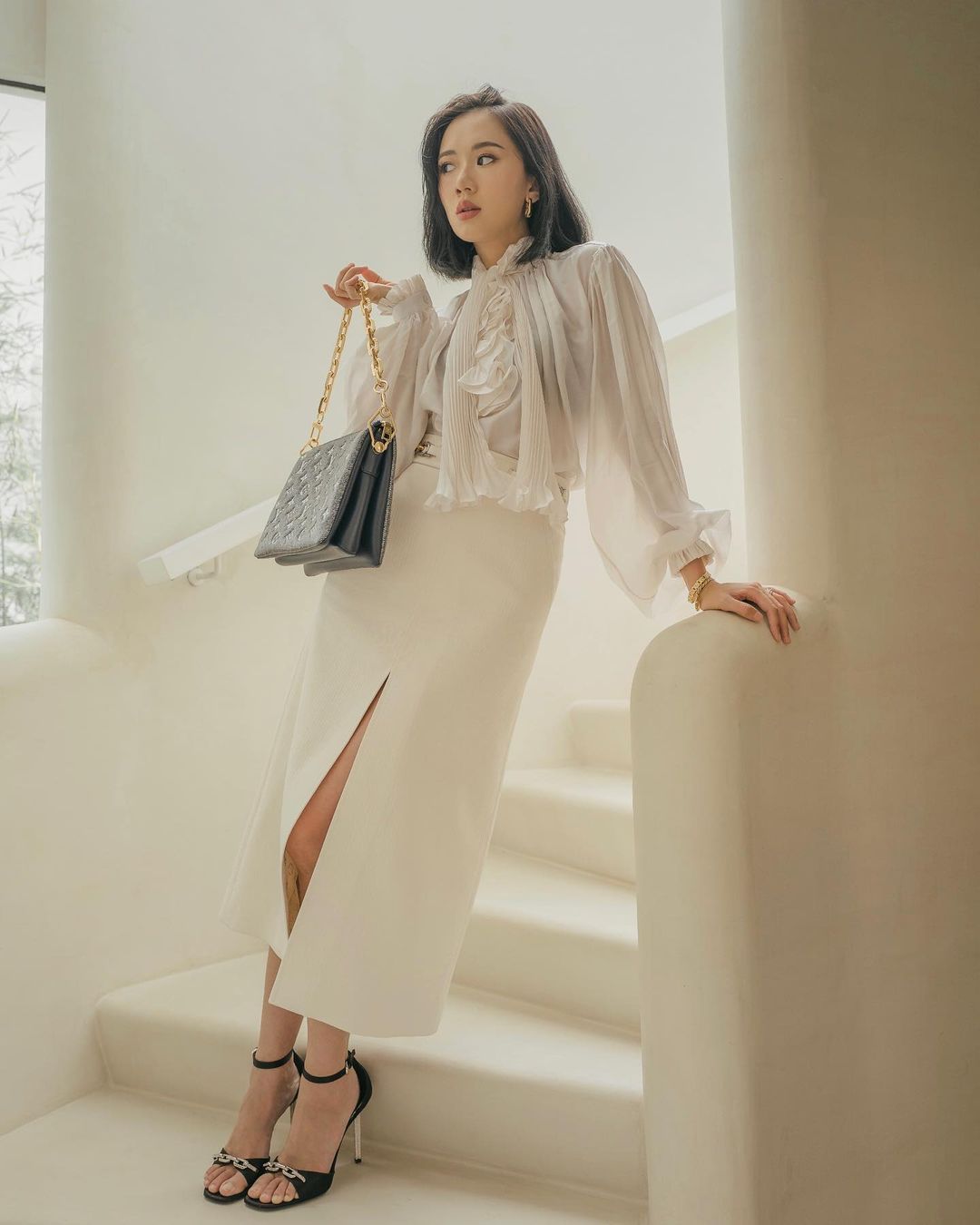
Now comes the thoughtful curation process. Start by decluttering your wardrobe of neglected items. Consider if any of these can be given new life through tailoring or alterations. If you haven’t worn something in over a year and can’t see it fitting your style in the future, it’s a strong candidate for donation or resale. The goal is to create a curated selection of clothing that aligns with your style identity and daily needs.
Going forward, practice mindful purchases. When shopping, ask yourself if the item complements your existing wardrobe and serves a purpose. Will it stand the test of time in terms of style and quality? With each purchase, you’ll gradually build a wardrobe where each piece earns its place.
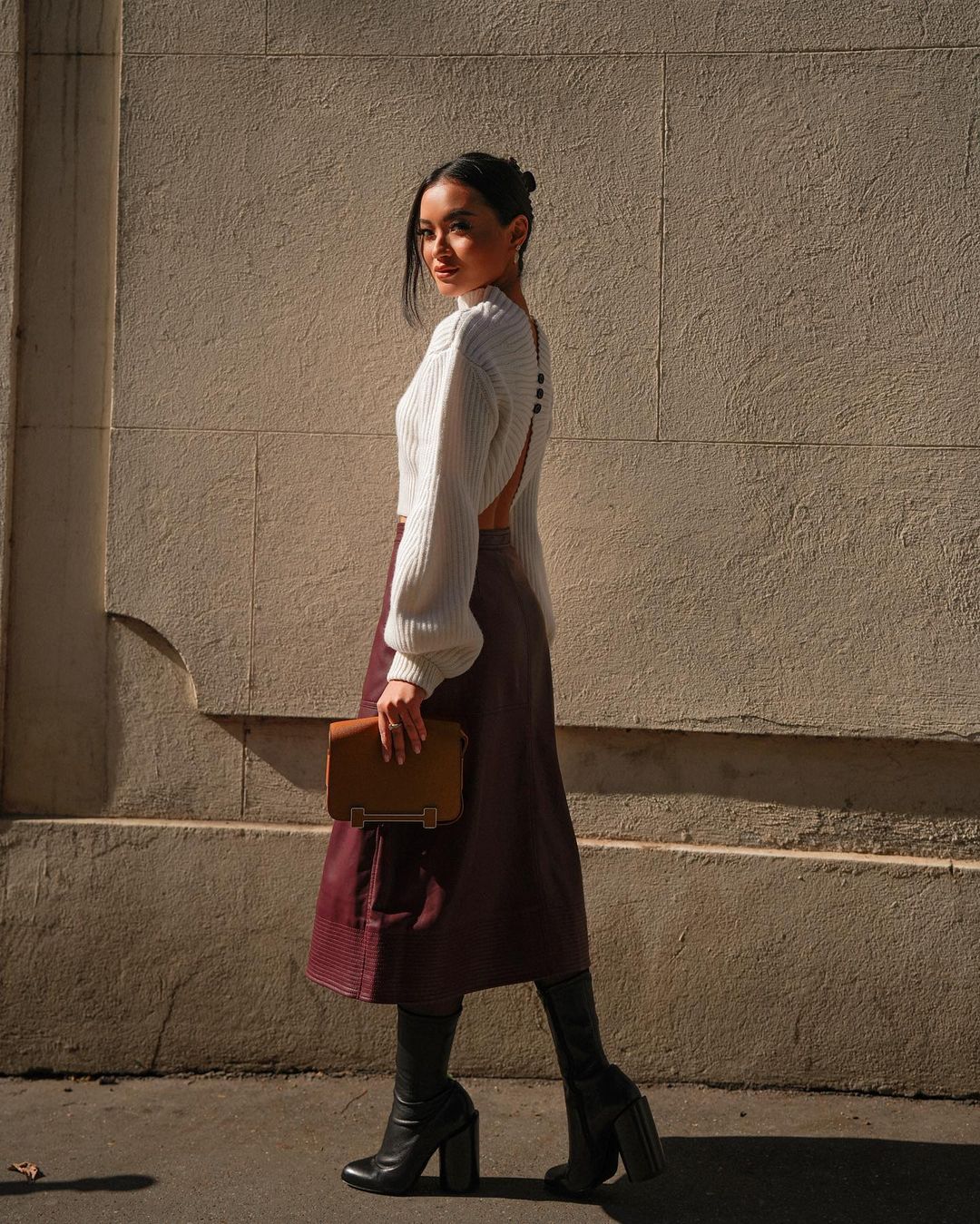
The solution lies in the synergy between thoughtful evaluation, curation, and mindful purchasing. It’s about creating a wardrobe that not only reflects your style, but also makes dressing each day an enjoyable and stress-free experience. It’s not about the quantity of clothes, but rather the quality and relevance of each piece that truly counts. By doing so, you can turn your closet into a display of your evolving style, one era at a time.
Featured Image: HEART EVANGELISTA (via Instagram)







